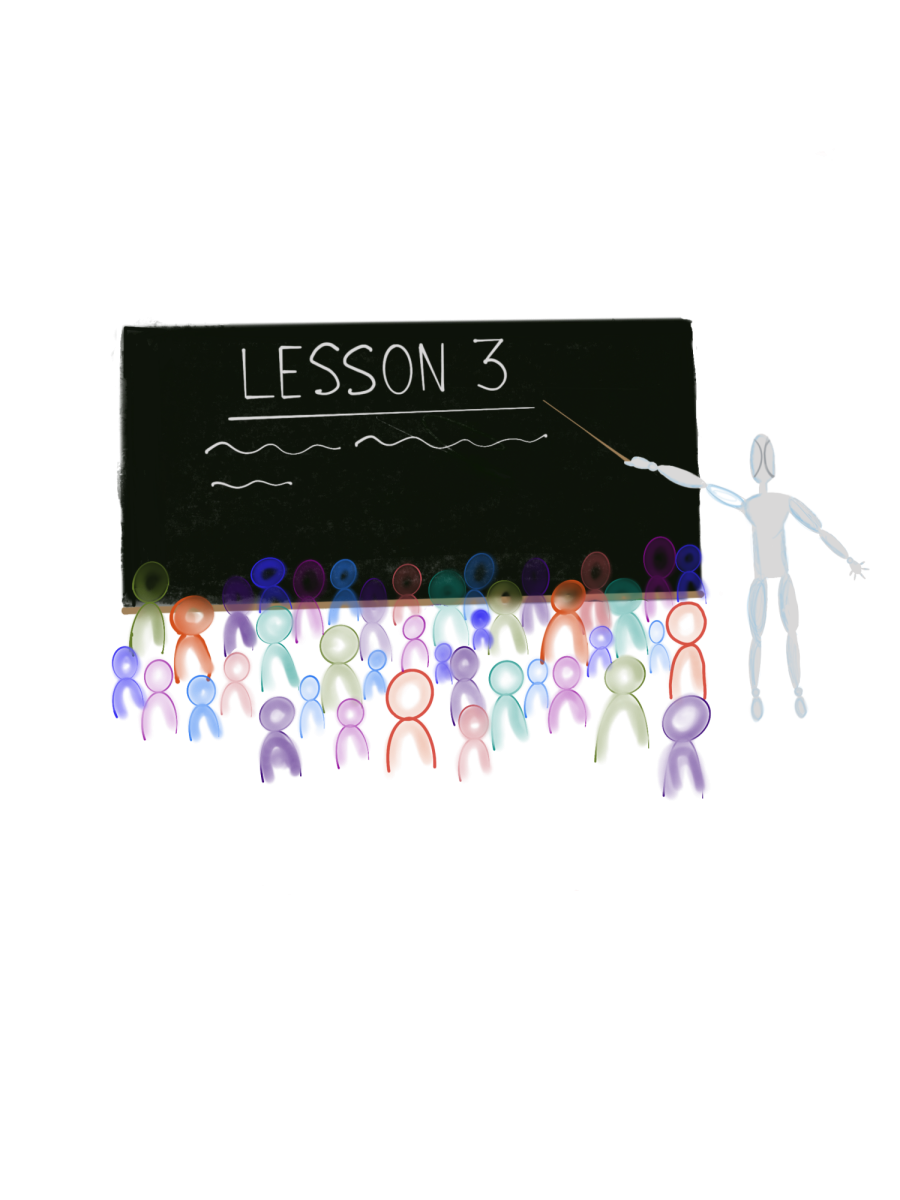In 1999, the obesity rate in the United States was about 30% for adults and 13% for children. Ever since then, obesity rates have been steadily rising to its current rate at almost 40% for adults and 19% for children according to Forbes Magazine. The Center for Disease Control and Prevention reported that almost 93.3 million Americans were obese in 2016. This rise in obesity rates has caused some concern over the future of our population, and if this trend can be stopped.
The “obesity epidemic” has become so widespread that some people are treating those who are obese as oppressed minorities. Thus, a push for fat normality, coined the “fat acceptance movement” according to health.com, was born. This campaign seems to have good intentions but doesn’t consider the severity of the problems at hand.
To understand what exactly the fat acceptance movement is and why it was born, we need to look back to the 1960s. During this time period, American sentiments were being revolutionized. Time magazine stated, “When hippies started staging ‘be-ins’ to protest the Vietnam War, the first fat activists co-opted the idea: They staged their own event in New York City’s Central Park, dubbed it a ‘Fat-In’ and ate ice cream while burning posters of über-thin model Twiggy.” This is when the movement just started gaining traction. Its original intentions of eliminating stigma toward obese people seemed like a good idea.
As time went on and this movement gained more and more followers, their ideas started to evolve with modern society. The fat acceptance movement’s slogan, “Health at any size,” has been taken literally. For example, at activist Jes Baker said, “The word fat is not inherently bad… the only negativity that this word carries is that which has been socially constructed around it; our aversion is completely learned.” Their values became increasingly outrageous, from wanting less ridicule for their size to making claims that obesity is still healthy. This logic is not only wrong, but it is harmful to others who believe it.
Stanford Health Care states that the effects of being obese or having a body mass index of over 30, are as follows: high blood pressure, diabetes, heart disease, joint problems such as osteoarthritis, sleep apnea, cancer, and psychosocial effects that create a negative stigma toward the idea of thinness. These conditions are all very dangerous, and the fat acceptance movement is clearly ignoring them by not promoting things such as dieting or weight loss.
It is apparent that the current plan of simply ignoring the issue is not the correct way to go. What should be done is a comprehensive campaign to promote a healthy lifestyle while also encouraging food companies to produce healthier products. This can be done through TV and YouTube ad campaigns, as well as projects similar to Michelle Obama’s “Let’s Move” initiative, which promoted exercise and healthy eating.
Another problem preventing the U.S. from stopping obesity is the relative price of healthier foods. The price of two cheeseburgers from McDonald’s is roughly $2, while a typical container of raspberries can cost up to $7.29, according to a study done by the USDA on the prices of fruits and vegetables. This means that you could get a whole cheeseburger from McDonald’s for a single dollar, while a container of raspberries costs much more. This price difference adds up and can cause financial problems that lead to obesity. The cheeseburger from McDonald’s has a caloric value of about 530 Calories, according to the McDonald’s website. While an entire pound of raspberries has a caloric value of about 240 Calories, according to the USDA. To stop this caloric disparity, the production of things such as wheat and beef, as well as other meats, has to be cut down and regulated, while the production of fruits and vegetables has to be subsidized and increased heavily. This change in supply will allow companies that focus on healthier options to lower their prices and gain more customers, while fast food chains will have to adapt, adding healthier options at lower prices.
Obesity is an epidemic that threatens the safety of the United States and its citizens. The best way to stop it is not by simply accepting obesity, but by combatting it with more effective campaigns and market influence on food production. As the NAAFA states, “people fail to lose weight because of poor self-discipline and willpower.” But the truth is, people don’t lose weight because of the relative price of healthy foods and movements like these, which discourage their efforts to lose weight and achieve a healthier lifestyle.




























































